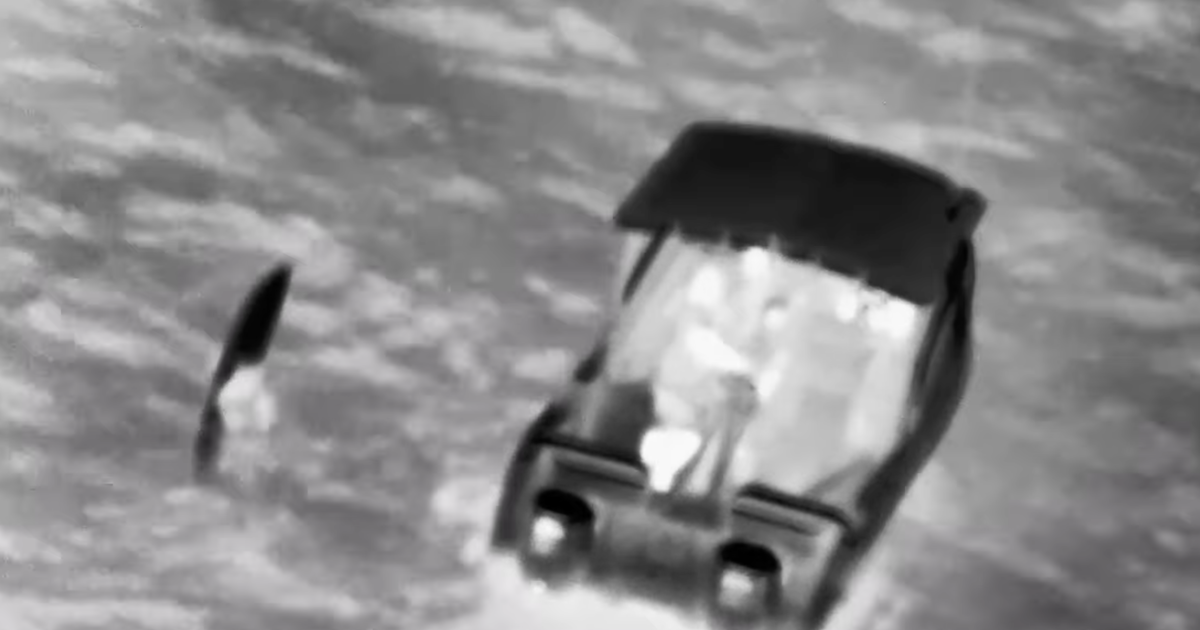Hawaii teenager Kahiau Kawai’s harrowing ordeal began with an afternoon kayaking trip with his high school team. What started as a routine outing quickly turned perilous when strong winds and rough seas forced the group to return. However, upon reaching shore, the team discovered Kawai was missing, triggering an immediate and extensive search operation involving multiple agencies and heroic individuals. The ensuing twelve-hour struggle for survival, encompassing dramatic rescue efforts and extraordinary acts of selflessness, highlights the unpredictable nature of the ocean and the unwavering spirit of those who risk their own safety to save others. This narrative emphasizes the importance of ocean safety awareness and the crucial role of community response in emergency situations.
The Kayaking Trip and Disappearance
Unexpected Perilous Conditions
The kayaking trip, initially envisioned as a routine team activity, transformed into a life-threatening situation when unexpectedly severe weather conditions emerged. Strong winds and choppy seas quickly rendered the relatively calm waters treacherous, pushing the team to an immediate decision: turning back. This decision, seemingly wise at the time, was made before realizing a crucial member of the group, 17-year-old Kawai, was unaccounted for. The urgency of the situation rapidly escalated when it was realized he had separated from the group during the chaotic return journey, triggering frantic calls to emergency services. This segment highlights the unpredictable nature of sea conditions and the potential hazards associated with recreational water activities. It stresses the paramount importance of adhering to stringent safety guidelines during similar activities, particularly group excursions. Maintaining close visual contact within the group and utilizing reliable communication methods could be crucial in avoiding similar incidents.
Initial Search and Rescue Efforts
The prompt reporting of Kawai’s disappearance launched an immediate search and rescue (SAR) operation. Numerous agencies responded with a combined force of considerable expertise. The U.S. Coast Guard mobilized aerial assets like the C-130 Hercules aircraft along with seaborne vessels, demonstrating both the vastness of the search area and the serious attention afforded to the rescue attempt. This coordinated response underscored the professional efficacy and determination exhibited by various teams tasked with locating the missing teenager. The use of cutting-edge search technology highlighted the advanced search and rescue capabilities that modern SAR operations now utilize. The widespread nature of the search emphasizes the vast scale of ocean rescue operations.
The Role of Noland Keaulana
A Volunteer’s Heroic Act
While professional SAR teams tirelessly conducted their searches, off-duty lifeguard Noland Keaulana’s unwavering commitment exemplified true heroism. Informed of the missing kayaker, Keaulana took the initiative to independently launch his own extensive search, spanning a wide 100-mile radius, starting at approximately 8:30 p.m. His decision to personally participate, propelled by a profound sense of duty and empathy, was pivotal in the rescue, illustrating the impactful role that selfless community members can play during life-threatening scenarios. The sheer duration of his commitment, lasting several hours through the night, further emphasizes his unyielding resolve in his relentless pursuit of the missing teen.
The Discovery and Rescue
The culmination of multiple teams’ search efforts concluded at approximately 4 a.m. when the Coast Guard aircraft sighted Kawai clinging to his kayak, struggling against the elements. The aircraft crew communicated his location to Keaulana, whose close proximity made him uniquely positioned for a quick rescue. The dramatic rescue concluded as Keaulana safely brought Kawai back to shore where first responders administered immediate medical attention to address symptoms like hypothermia, dehydration and severe cramping. This part underscores the immense relief and satisfaction that followed the successful conclusion of the prolonged operation. Keaulana’s invaluable contribution highlighted that personal courage and the will to take the initiative can be as important as the organized efforts of professionals in crisis situations.
Aftermath and Reflection
Medical Treatment and Recovery
Upon rescue, Kawai was immediately taken to a local hospital where he received comprehensive medical treatment. Though he faced critical challenges such as hypothermia, extreme dehydration, and severe cramping, his resilience and survival are truly remarkable. His family expressed gratitude for the heroic efforts that saved his life. Their statement also conveyed deep gratitude to the rescuers, showing an understanding of the gravity of the incident and a wholesome appreciation for those who worked to bring him back home. It offered heartwarming closure, reflecting that the incident serves as a powerful reminder that survival is not merely determined by the scale of an emergency but largely dependent on the decisive efforts of those who come to rescue those in dire situations.
Lessons Learned and Prevention
This extraordinary incident serves as a cautionary tale. The unexpected change in weather conditions underscores the unpredictable and potentially life-threatening nature of ocean activities. Increased emphasis should be placed on comprehensive safety measures and preparation before participating in water activities. The successful rescue not only highlighted effective collaboration among different rescue organizations but also underscores the profound importance of preemptive precautions and adequate safety training. Continuous awareness of weather conditions, suitable equipment, the value of staying in groups, and proper communication are essential to prevent similar incidents from occurring in the future. This is a story that illustrates both the gravity of unpredictable incidents at sea and the profound courage and community spirit that helped ensure a happy ending.
Take Away Points:
- Ocean safety is paramount: Always check weather forecasts and heed safety warnings before engaging in water activities.
- Group cohesion is critical: Maintaining visual contact and reliable communication within a group is essential.
- Community involvement is vital: Citizen volunteers, like Noland Keaulana, can significantly contribute to search and rescue operations.
- Preparedness is key: Having appropriate safety equipment and knowing how to use it can save lives.
- Emergency response coordination is effective: Efficient teamwork among professional and community responders dramatically increases rescue success rates.









